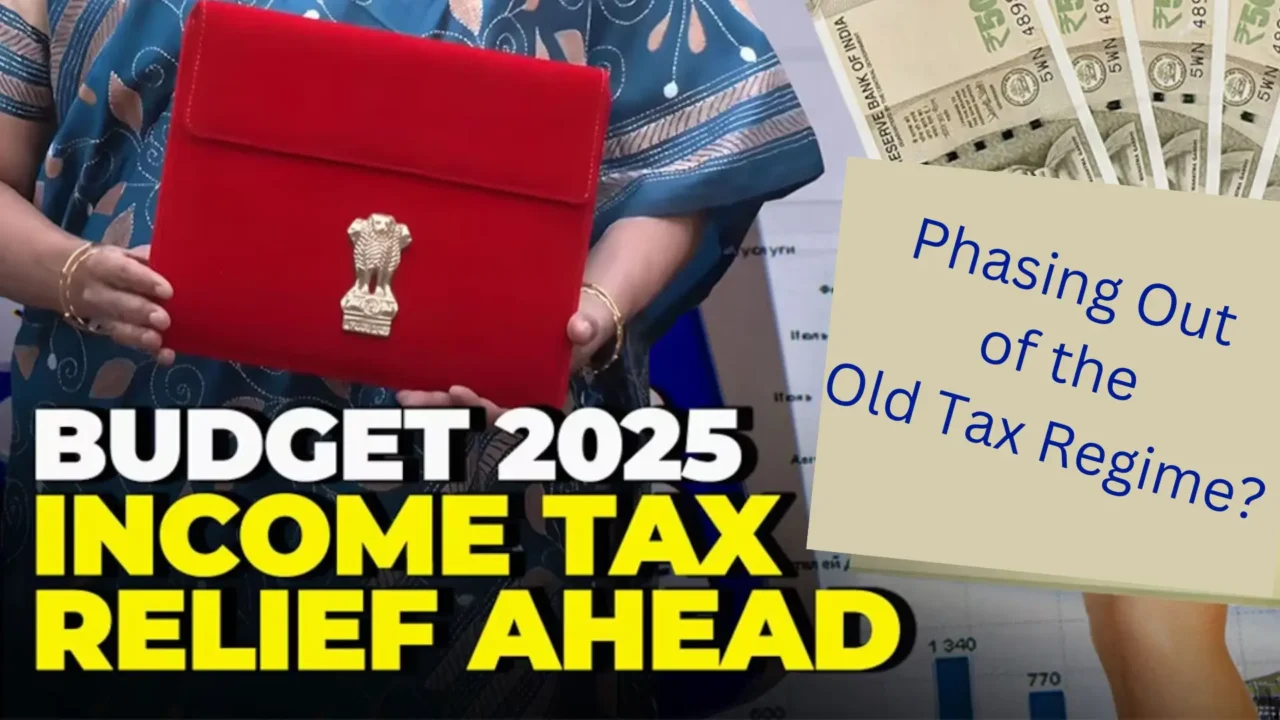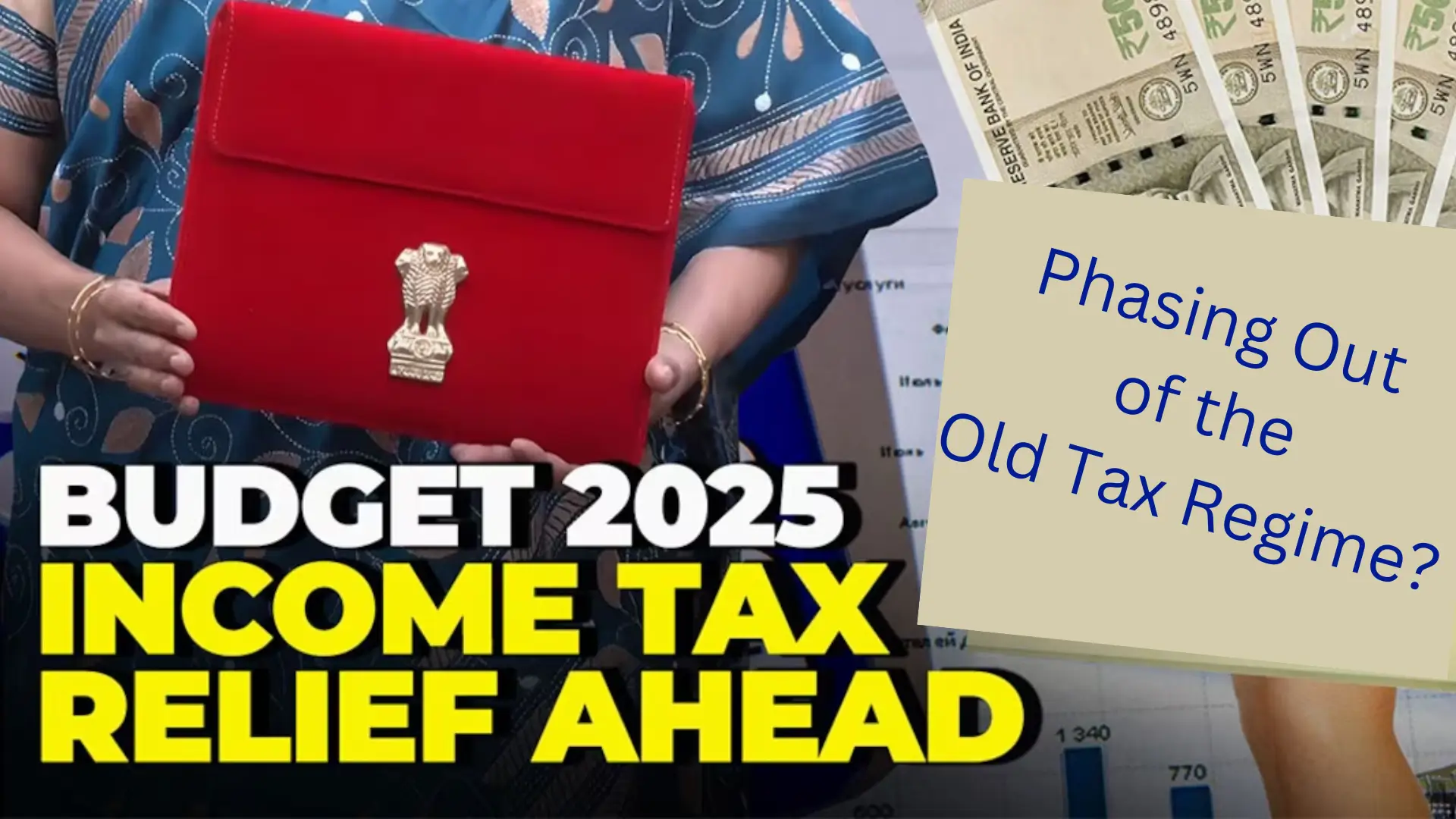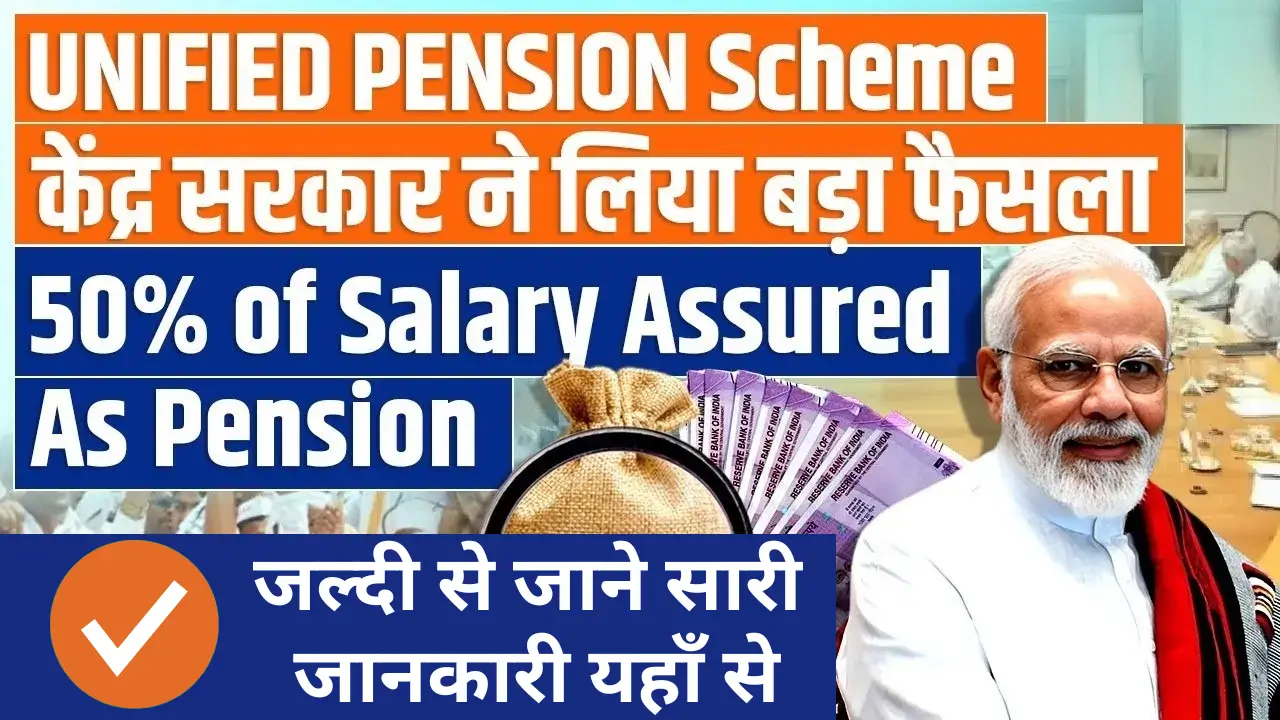As the Union Budget 2025 approaches, anticipation is building around potential income tax relief measures for the middle class and salaried taxpayers. Finance Minister Nirmala Sitharaman is set to present the budget on February 1, 2025, and experts believe this could be the last major opportunity for significant tax reforms before the 2024 general elections. The focus is expected to be on changes to the new tax regime, introduced in 2020, which has seen gradual modifications over the years to make it more attractive to taxpayers.
The government has been pushing for wider adoption of the new tax regime, which offers lower tax rates but fewer exemptions compared to the old regime. In the previous budget, FM Sitharaman increased the standard deduction under the new regime from Rs 50,000 to Rs 75,000, aiming to provide relief to taxpayers. However, with rising inflation and cost of living, there are calls for further adjustments to tax slabs, rates, and deductions to boost disposable income and stimulate economic growth.
Economists and tax experts are advocating for various changes, including an increase in the basic exemption limit, rationalization of tax slabs, and enhancement of standard deduction. These potential reforms are seen as crucial steps to alleviate the tax burden on the middle class, encourage consumption, and support the ongoing economic recovery. As we delve into the expectations and potential impacts of Budget 2025, it’s important to understand the key areas where changes might occur and how they could affect taxpayers across different income brackets.
Potential Changes in Tax Slabs and Rates

- Raising the basic exemption limit from Rs 3 lakh to Rs 5 lakh, providing immediate relief to a large number of taxpayers.
- Introducing a new tax slab of 25% for income between Rs 15 lakh and Rs 20 lakh, bridging the gap between the current 20% and 30% slabs.
- Extending the tax rebate to cover income up to Rs 9 lakh, up from the current Rs 7 lakh, benefiting the lower-middle-income group.
- Rationalizing the tax rates for higher income brackets to make the new regime more attractive for all taxpayers.
Enhancement of Standard Deduction
The standard deduction, which was increased to Rs 75,000 in the previous budget for the new tax regime, is expected to see a further hike. Many experts are calling for it to be raised to Rs 1 lakh. This increase would be particularly beneficial for salaried employees, as it would help offset various work-related expenses that are not separately deductible under the new regime.
The rationale behind this potential increase is to account for the rising cost of living and to provide some parity with the deductions available under the old tax regime. A higher standard deduction would effectively increase the take-home pay of employees, potentially boosting consumer spending and economic activity.
Phasing Out of the Old Tax Regime
There is speculation that Budget 2025 might lay out a roadmap for phasing out the old tax regime entirely. While this is unlikely to happen immediately, the government may announce plans to gradually transition all taxpayers to the new regime over the next few years. This move would align with the government’s goal of simplifying the tax structure and reducing compliance burdens.
If such a plan is announced, it would likely be accompanied by additional incentives to make the new regime more attractive. This could include incorporating some popular deductions from the old regime into the new one, albeit with modified limits or conditions.
Capital Gains Tax Simplification
- Rationalization of holding periods for different asset classes
- Uniform tax rates across various types of capital assets
- Reintroduction of indexation benefits for certain investments
Introduction of NPS Deduction in New Tax Regime
To promote retirement savings, there are expectations that the government might introduce a deduction for National Pension System (NPS) contributions under the new tax regime. This could be similar to the deduction available under Section 80CCD(1B) in the old regime, which allows an additional deduction of up to Rs 50,000 for NPS contributions.
Incorporating such a deduction would make the new regime more attractive to those focused on long-term savings and retirement planning.
Higher Deductions for Health Insurance Premiums
- Raising the current limit of Rs 25,000 for individuals under 60 years
- Increasing the Rs 50,000 limit for senior citizens
- Possibly introducing a separate deduction for health insurance in the new tax regime
Impact on Different Income Groups
- Low-income earners (up to Rs 5 lakh): Could potentially become tax-exempt if the basic exemption limit is raised.
- Middle-income group (Rs 5-15 lakh): Likely to see significant tax savings through a combination of higher exemption limits and increased standard deduction.
- Upper-middle income (Rs 15-30 lakh): May benefit from the introduction of new tax slabs and rationalization of rates.
- High-income earners (above Rs 30 lakh): Might see relatively smaller benefits, but could gain from simplification of capital gains taxation.
Economic Implications
- Increased disposable income: Lower tax outgo would leave more money in the hands of consumers, potentially boosting spending and economic activity.
- Savings and investment: Higher take-home pay could encourage more savings and investments, supporting long-term economic growth.
- Formalization of economy: A simpler tax structure might encourage more people to enter the formal tax net, broadening the tax base.
- Fiscal considerations: The government will need to balance tax relief with revenue collection goals to manage the fiscal deficit.
Challenges and Considerations
- Revenue implications: Significant tax cuts could impact government revenues, requiring careful fiscal management.
- Balancing simplification with fairness: Removing exemptions while lowering rates needs to be done in a way that doesn’t disadvantage certain groups of taxpayers.
- Transition period: If the old regime is to be phased out, a smooth transition plan needs to be in place to avoid disruptions.
- Economic uncertainties: Global economic conditions and domestic growth prospects will influence the extent of tax relief that can be offered.
Conclusion
Budget 2025 is shaping up to be a crucial one for income tax reforms in India. The expected changes, particularly in the new tax regime, have the potential to significantly impact the financial lives of millions of taxpayers. While the exact details will only be known when FM Sitharaman presents the budget, the general direction seems to be towards simplification, lower tax rates, and increased disposable income for the middle class.
As taxpayers await the budget announcement, it’s important to remember that these are still expectations and predictions. The actual budget may contain surprises or differ from these projections. Nonetheless, the focus on tax reform and relief for the middle class is likely to be a key theme in what could be the last major budget before the 2024 general elections.



